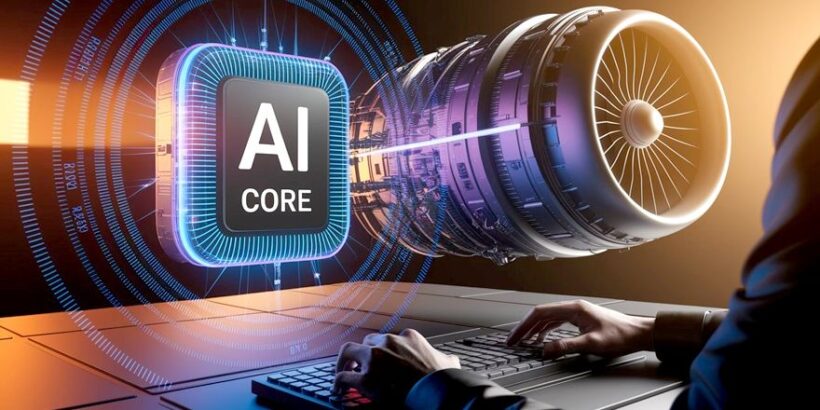The Rostec State Corporation has developed an educational programme, “Business Process Re-engineering Using Artificial Intelligence”, aimed at training specialists in the fields of digitalisation and artificial intelligence. The programme, developed by the Centre for Digital Competence Development at the Rostec Academy with the support of the Corporation’s Digital Transformation Department, is designed for employees of Rostec enterprises and seeks to improve production automation levels, as well as to develop new approaches to managing the digital advancement of industry.
As part of their training, students will gain skills in integrating advanced IT solutions into manufacturing processes, using artificial intelligence-based analytical tools to improve labour productivity, and developing strategies for adapting businesses to dynamically changing market conditions. The programme includes acquiring knowledge and experience in applying machine learning algorithms to optimise logistics, predict equipment failures, and improve resource management efficiency.
One example of the practical application of the knowledge gained is the implementation of digital twin technology at the facilities of the United Engine Corporation. This technology, combined with mathematical modelling, allows for preliminary testing of aero engines in a virtual environment, reducing the time and resources spent on physical testing. The use of digital twins makes it possible to quickly identify potential design flaws and optimise engine operating parameters at early design stages, which significantly reduces risks and improves the quality of the final product.
In tandem with developing competence in the area of artificial intelligence, Rostec is paying considerable attention to training engineers in the field of additive manufacturing. As part of the “Rostec Wings” educational project, these specialists are mastering 3D printing methods for creating complex aero engine components.
Additive manufacturing represents a promising avenue that enables the fabrication of components with complex geometries, often impossible to produce using conventional methods. Examples include the manufacturing of rotor and stator blades for the advanced PD-35 engine and a flow distributor (swirler) for the PD-14.
The introduction of additive manufacturing into aero engine construction unlocks new opportunities for optimising designs and improving engine performance characteristics. 3D printing allows for the creation of parts with internal lattice structures, which contributes to weight reduction and improved cooling.
Moreover, it becomes possible to use novel materials with enhanced strength and heat resistance characteristics. A key advantage of additive manufacturing is the ability to rapidly prototype and introduce design changes, which significantly reduces the development and testing times for new engines.
Digital and additive technologies are closely linked in modern manufacturing. Digitalisation makes it possible to optimise the design and manufacturing processes of the final product, while additive technologies provide the ability to create complex geometric shapes not accessible by conventional methods. For example, digital twins created using AI are used to model and test parts that are then manufactured using 3D printing.
Enhancing the efficiency and competitiveness of aerospace and engine manufacturing enterprises is the main goal of training specialists in the fields of digital technologies and additive manufacturing. Artificial intelligence, digitalisation, and 3D printing are complementary technologies, and their synergy represents a powerful tool for modernising Russian industry and strengthening the country’s position in the global aero engine market.


 (1 votes, average: 4.00 out of 5)
(1 votes, average: 4.00 out of 5)